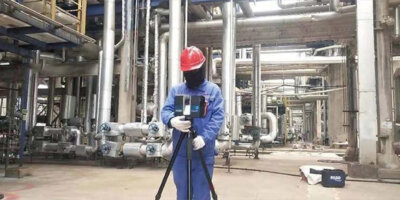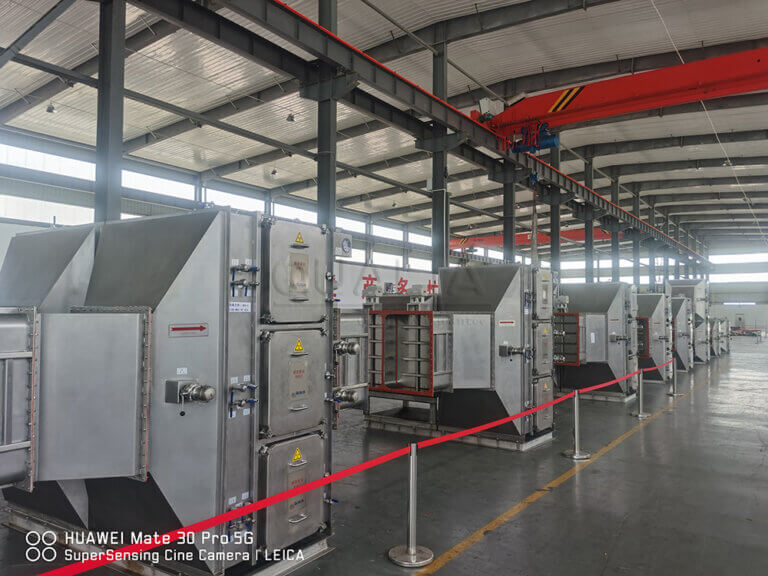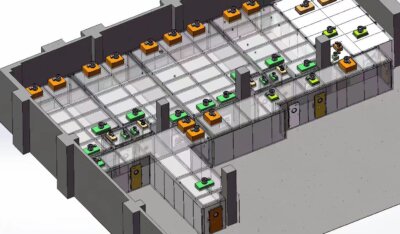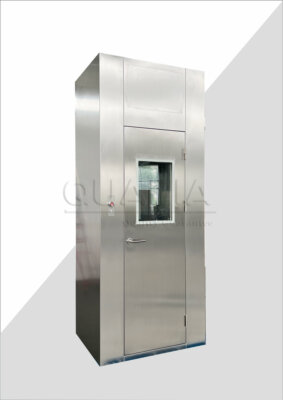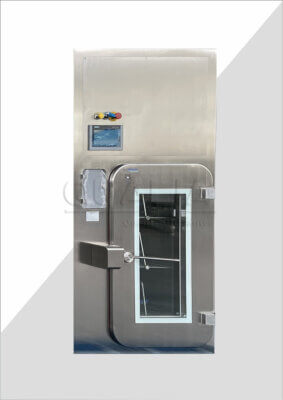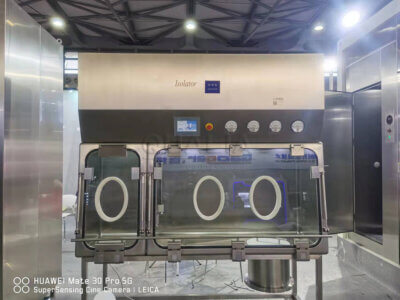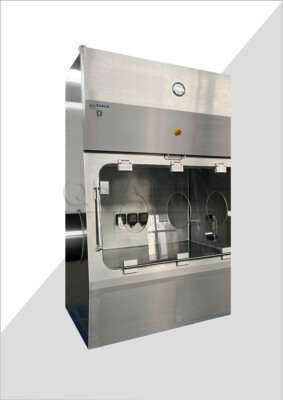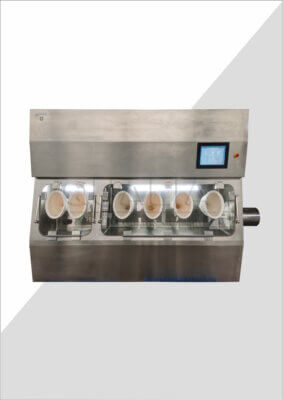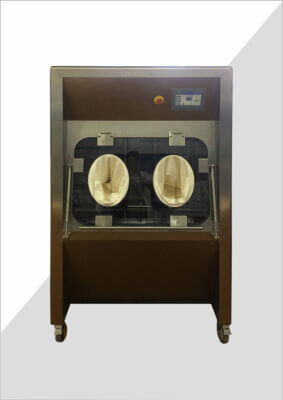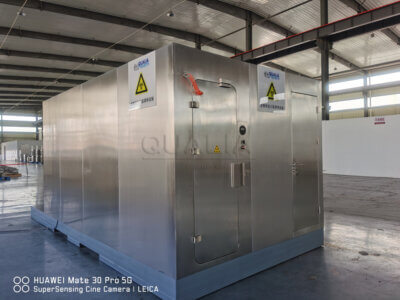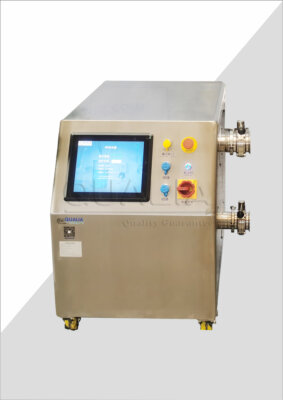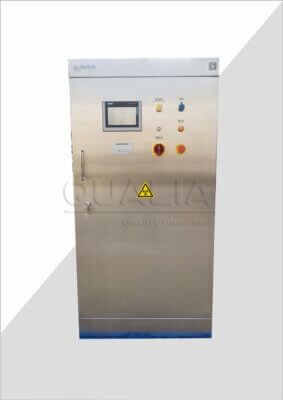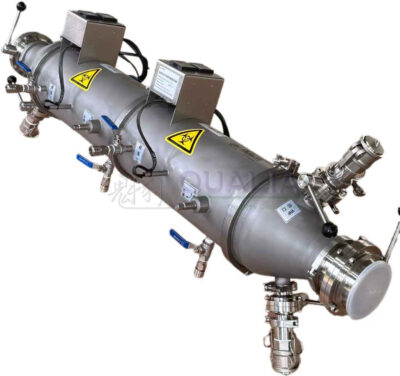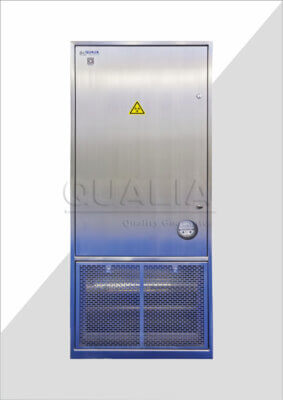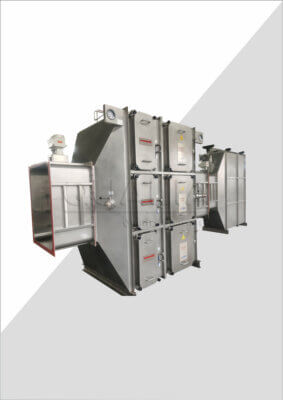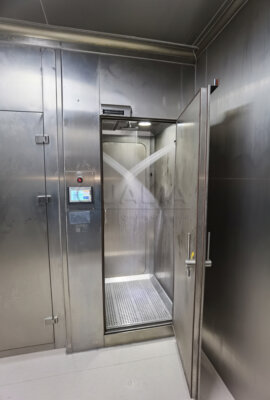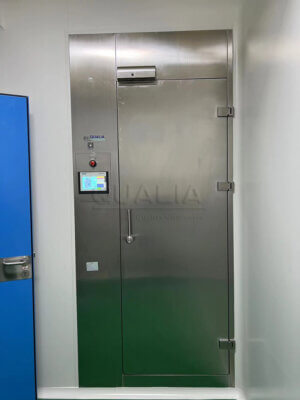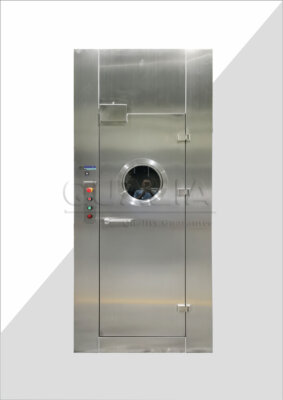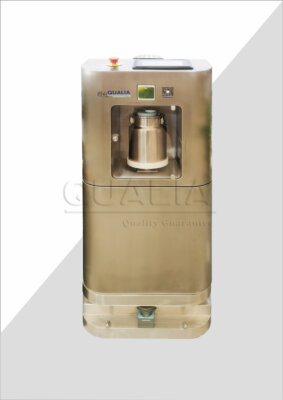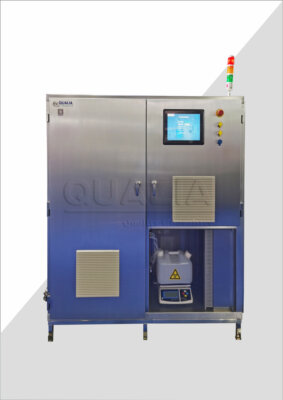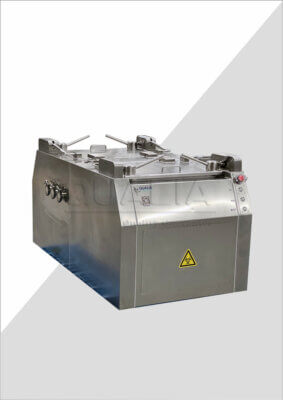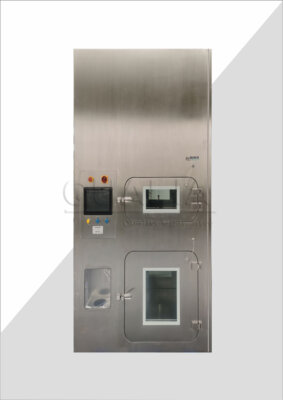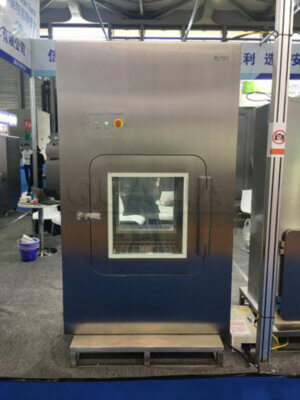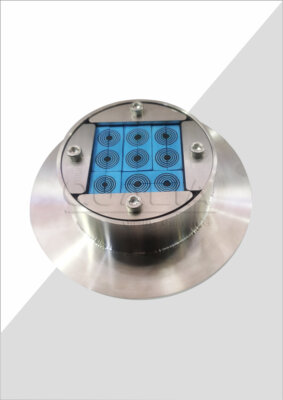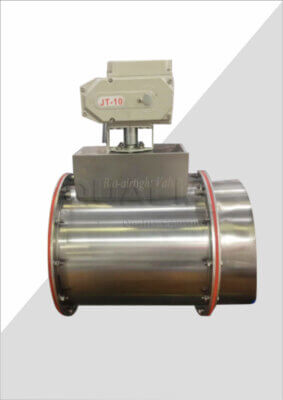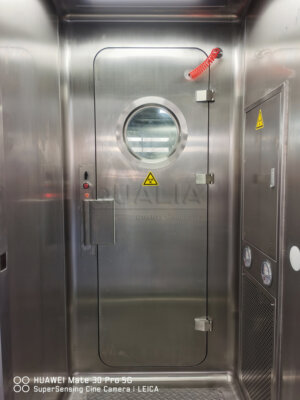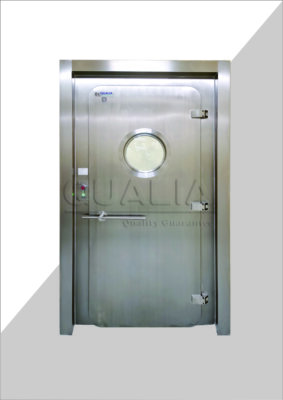The bag-in/bag-out (BIBO) process is a specialized containment system used for the safe replacement of filters and other critical components in various industries, including HVAC, nuclear facilities, and hazardous material handling.
- Bag in Bag out
- Bio-safety lsolation Damper
- VHP Hydrogen Peroxide Generator Type I
- Vacu-Pass Cord and Cable Port
- Ensuring Safety with Bag-in/Bag-out: The Definitive Guide to Hazardous Filter Replacement
The key steps in the BIBO process are:
- Outer Bag Installation: An airtight outer bag is sealed around the housing unit containing the filter or component that needs to be replaced.
- Inner Bag Insertion: An inner bag is then inserted into the housing, providing a secondary layer of containment.
- Filter/Component Replacement: With the inner bag in place, the maintenance personnel can access and replace the contaminated filter or component without direct contact.
- Inner Bag Sealing and Removal: Once the new filter/component is installed, the inner bag is sealed and removed, containing all the hazardous materials within.
- Outer Bag Remains: The outer bag remains in place, maintaining the primary containment and preventing the escape of any contaminants.
- This dual-containment approach ensures that workers never come into direct contact with the potentially harmful substances, as the inner bag isolates the contaminated elements. The outer bag provides an additional layer of protection, safeguarding the surrounding environment and personnel from exposure.
The BIBO process is designed to facilitate the safe and efficient replacement of filters and other critical components in high-risk environments, minimizing the risks of exposure and environmental contamination.
Related Contents:
- Ensuring Safety with Bag-in/Bag-out: The Definitive Guide to Hazardous Filter Replacement
- What is the HS Code for “Bag in Bag Out”?
- Introducing Qualia: Advanced OEB5 Grade Protection with Bag-In Bag-Out (BIBO) System
- Double-Chamber VHP Passbox: Enhancing Efficiency and Flexibility
- Understanding the Differences Between Stationary and Mobile BSL-3/BSL-4 Laboratories
- Navigating Biocontainment: The Critical Differences Between BSL-3 and BSL-4 Labs
- Join Qualia at ACHEMA 2024 in Frankfurt, Germany
- Introducing Our Custom-Designed Dry Isolation Weighing Chamber for European Clients


